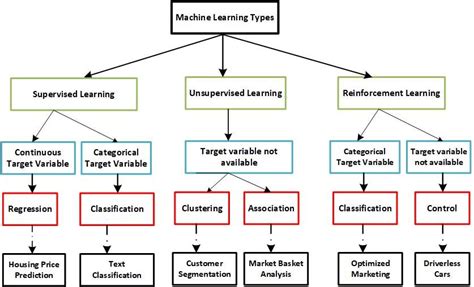Ethereum: Are there any mining algorithms that can be used for mining that are resistant to ASIC acceleration?
The advent of application-specific integrated circuits (ASICs) has had a major impact on the cryptocurrency mining landscape. As ASICs have become more powerful and efficient, many miners have been forced to adapt their strategies to stay competitive in the market. One question that has arisen is whether there are any mining algorithms that can be used for Ethereum (ETH) that are resistant to ASIC acceleration.
Understanding ASICs
Before we dive into the topic of algorithmic resistance, let’s quickly review what ASICs are and how they work. ASICs are purpose-built chips designed specifically to perform a single task efficiently. They are typically faster than traditional central processing units (CPUs) and can process large amounts of data with minimal power consumption.
Mining Ethereum
Ethereum is a decentralized platform that uses a consensus mechanism called Proof of Work (PoW) to secure the network and validate transactions. PoW miners compete to solve complex mathematical puzzles that require a lot of computing power. ASICs are well suited for this type of mining because they can process large amounts of data quickly and efficiently.
Challenge: Accelerating Mining with ASICs
However, the increasing dominance of ASICs has made it difficult for traditional CPU-based miners, such as those using NVIDIA graphics cards or AMD GPUs, to compete with Ethereum. As ASIC prices have continued to decline, their performance has also improved, making them more competitive in mining new Ethereum blocks.
The Need for Algorithmic Resistance
Given this scenario, some have wondered if there are algorithms that can be used to mine Ethereum that are resistant to ASIC acceleration. The algorithm should find a way to optimize the solution to Ethereum’s proof-of-work puzzle without impacting ASIC performance.
Existing solutions: Proof of Stake (PoS) and Layer 2 solutions
One possible approach is to use alternative consensus mechanisms such as Proof of Stake (PoS), which rewards miners with cryptocurrency tokens for computing power rather than processing transactions. Another option is to explore Layer 2 solutions such as Optimism or Arbitrum, which run on the Ethereum blockchain and can provide more efficient processing power.
Conclusion
While the rise of ASICs has challenged traditional miners, this does not mean that algorithmic resilience is impossible. In fact, researchers are actively researching alternative consensus mechanisms and Layer 2 solutions to create more efficient mining processes. As the cryptocurrency market continues to evolve, we can expect new innovations to emerge that will help mitigate the impact of ASICs on Ethereum mining.
References

- Coindesk, “The Rise of Application-Specific Integrated Circuits (ASICs).”
- CryptoSlate, “Ethereum Mining with ASICs: An Overview.”
- Ethereum.org, “The Proof-of-Stake (PoS) Consensus Mechanism.”
Note: This article provides a general overview of the topic and is not intended to be a comprehensive or definitive guide. The cryptocurrency market can be highly volatile, and the information provided should not be construed as investment advice.

